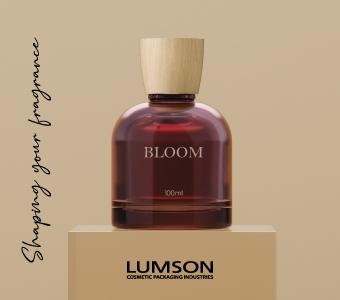Personal care products offering an efficacy on the skin biomechanical properties are often linked to anti-ageing claim category. These products are associated to various functionalities such as, lifting, firming, remodeling, plumping, sculpting, restructuring or tonic. The firmness and the tonicity are skin attributes that are constantly impacted by the exposome (concept developed by Dr Jean Krutman in 2016) and all the non-genetic factors that influence the skin ageing.
However, what methods exist today to assess the performance of active ingredients and cosmetics on the biomechanical properties of the skin?
In vivo objectivation of the firmness and tonicity of the skin
Beyond the consumer tests and the scorage by experts we have categorize the assessment of the biomechanical properties of the skin in 2 parts: one dedicated to the direct measurements and the second one dedicated to the indirect evaluation.
Direct biometrological assessments are designed to measure the elasticity and the firmness of the dermis through various instrumentations that enable quantification on several regions of the face and the body:
– Dynaskin by Eotech, Orion
– SkinFlex by Orion
– Ballistometer by Dia-Stron
– Cutometer and Cutiscan by Courage & Khazaka
– Elastimeter by Delfin
– DermaLab Elasticity by Cortex
– Indentometer by Courage & Khazaka
A real-time deformation using several techniques -ballistometry, suction, indentation, or air flow- is implemented one or several times on the skin surface. Then, the biomechanical behavior induced is measured trough optical or fringe projection principle.
The scorage by experts using specific visual and tactile scales are complementary analysis that can be also completed by auto-evaluation of the volunteers or specific consumer studies.
Indirect measurements, analyze the assessment of parameters that are linked to the biomechanical properties of the skin and give information on: Collagen, Face analysis and volume, molecular composition, proteomics and metagenomics, dermis size and shape, Skin aspect and structure. You can retrieve the several methods of analysis on the table below or connect to the Clinical testing platform.

The preliminary discussion with the CROs to design the study (timeline, duration, conditions of use of the products, inclusion criteria, instrumentation choice …), seems to be essential to define the best protocol to support the claim substantiation.
The evolution of technology in the no contact probe, the data acquisition and treatment with the use of I.A algorithm may give the direction of non-contact and optical solutions. Today, the “must have” is the illustrative results but the simple use of a photo is not yet viable to evaluate the firmness, tonicity, or elasticity skin changes. May be soon!
The analysis of the Extra-Cellular Matrix [ECM] using in vitro quantification
The personal care objectives are to maintain the skin in good conditions and preserve its elasticity and its resistance. “Firmness” performance enhances the density of the dermal extra-cellular matrix [ECM]. This “renowned” matrix plays one of the essential roles of the physical and biomechanical properties of the dermis with this intricate network of extracellular macromolecules providing cells structural, bioactive molecules and biochemical support.
The ECM composed of hundred proteins is a dynamic network controlling the proliferation, adhesion, migration, polarity, differentiation, and apoptosis of the cells. The in-vitro or ex-vivo assays can target the various biological mechanisms providing a limitless opportunities of claims support.
What are the major components of the ECM that can be studied?
1. Collagens, backbone of the tissue architecture, are categorized into 3 main sorts:
– fibril-forming collagens (types I, II, III),
– network-forming non fibrillar collagens (type IV), that composed a non-fibril network.
– fibril-associated collagens (types IX, XII), and others (type VI).
Glycosaminoglycans (GAGs) are polysaccharides and help to keep water. The diversity of proteoglycans and their high interaction with growth factors and their receptors provides structural basis for a multitude of biological functions. They are divided in four groups: hyaluronic acid, keratan sulfate, chondroitin/dermatan sulfate, andheparan sulfate.
2. The laminins forms networks that remain in close association with cells through interactions with cell surface receptors.
3. The role of the fibronectin fibrils is the attachment and migration of cells, like a “biological glue”.
4. Elastin fibers confer elasticity and through cross-links with tropoelastin mediated by LOX finally form desmosine or isodesmosine.
In conclusion, this incredible network, substrates for matrix metalloproteinases (MMPs), stocks bioactive fragments, and adhesive proteins is also modulated by exogenous environment. The own biochemical properties of the ECM can be studied in many ways through the analyse of its various components and their interaction and constitute a “gold” support to substantiate ingredients and finished product claims.




























